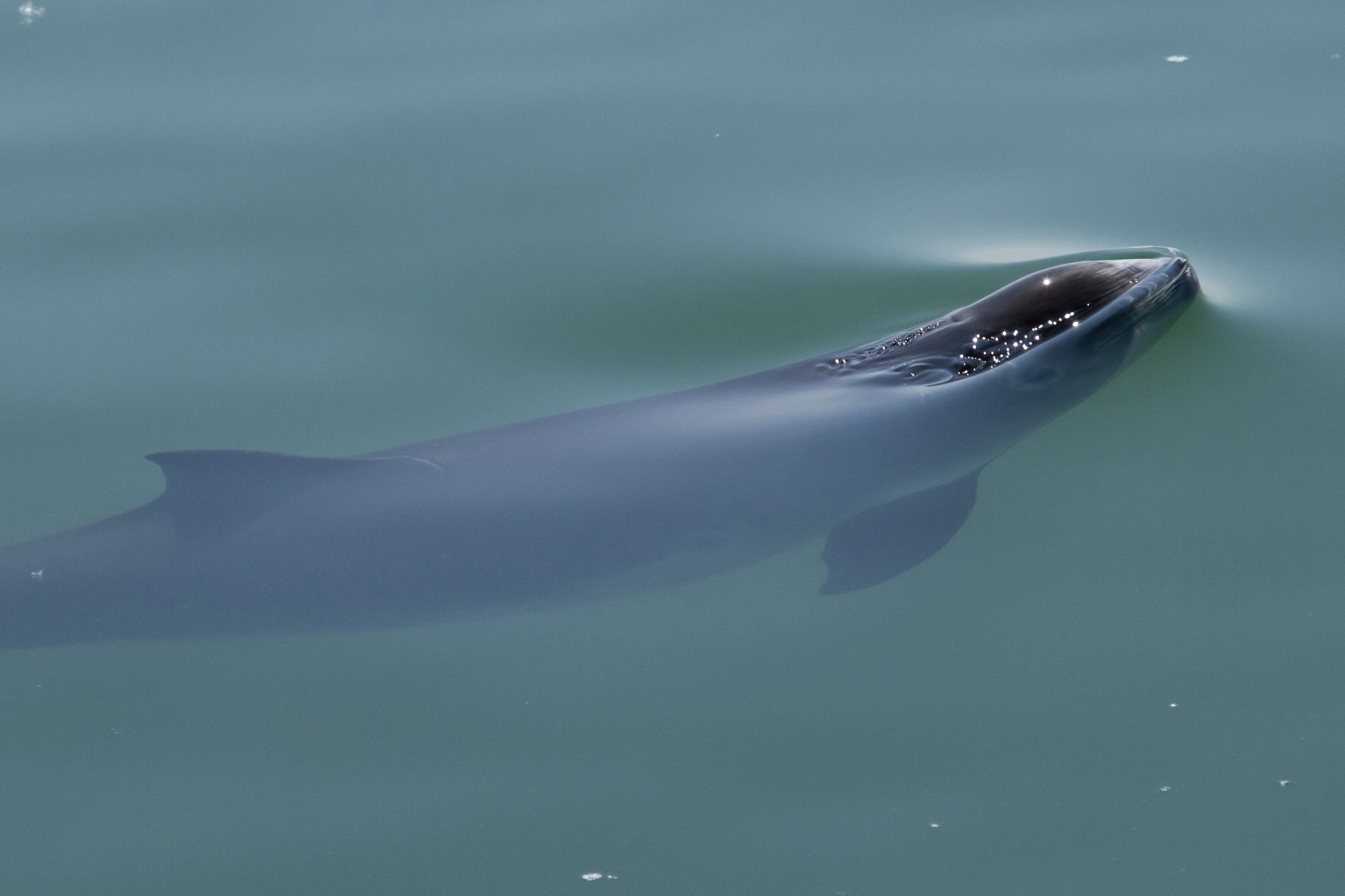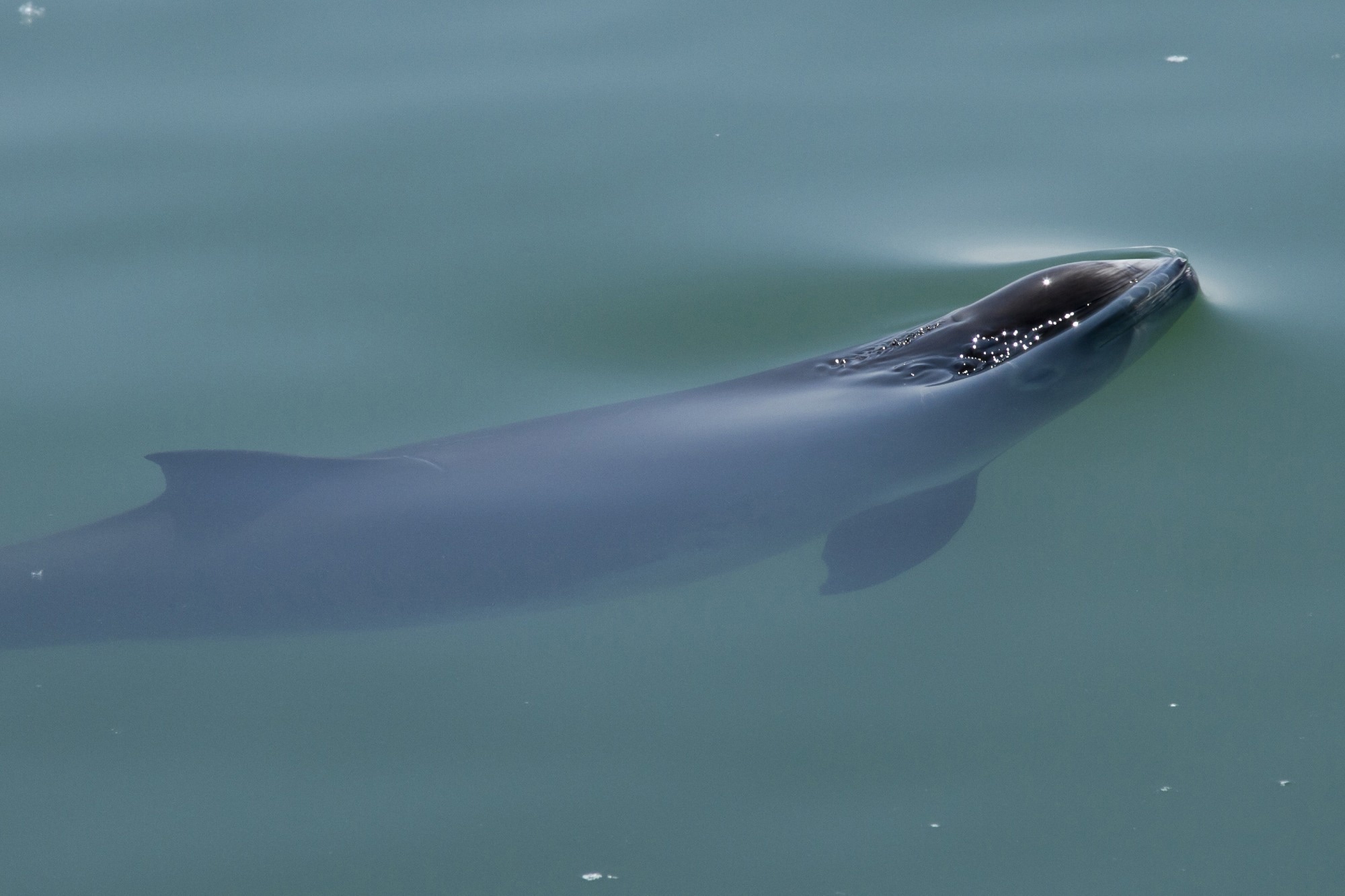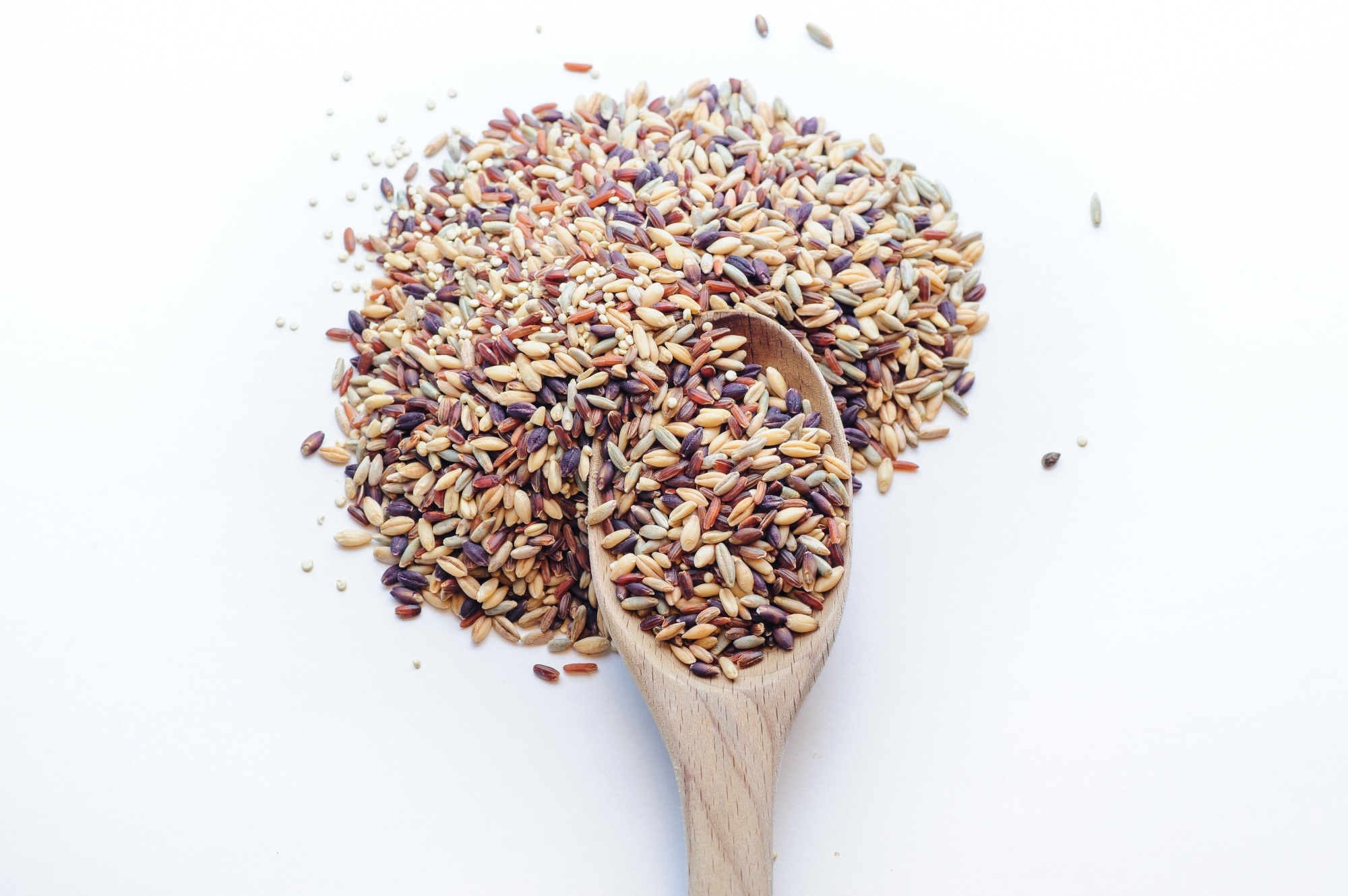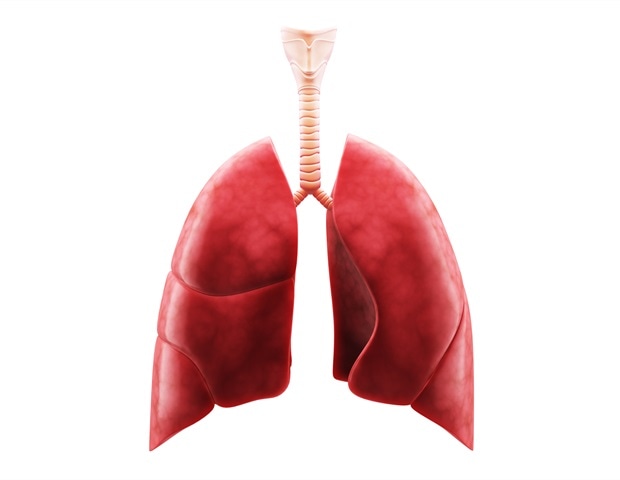In a recent study published in the United States (U.S.) Centers for Disease Control and Prevention (CDC) journal Emerging Infectious Diseases, researchers from Sweden described the detection of the hemagglutinin type 5 and neuraminidase type 1 (H5N1) avian influenza virus in a stranded harbor porpoise, indicating a potential spillover of this highly pathogenic avian influenza virus into cetacean species.
Background
The highly pathogenic H5N1 avian influenza virus has recently been associated with a large number of deaths among domestic and wild birds in Europe and North America. This H5N1 strain belongs to the 2.3.4.4b clade and is believed to have infected about 112 species, including a large number of marine birds. Studies indicate that H5N1 infections have been prevalent in wild bird species in Europe since December 2021, and there is evidence of viral spillover to mammalian species such as mustelids and red foxes.
Recent reports indicate that pinniped species such as Phoca vitulina (harbor seals) and Halichoerus grypus (gray seals) in North America are susceptible to the highly pathogenic H5N1 avian influenza virus. However, while seals have been known to be susceptible to influenza A viral infections, there are very few reports of influenza infections in cetaceans. Therefore, this report of H5N1 infection in a Phocoena phocoena (harbor porpoise) individual is of concern.
 Research Letter – Highly Pathogenic Avian Influenza A(H5N1) Virus in a Harbor Porpoise, Sweden. Image Credit: ErnstS / Shutterstock
Research Letter – Highly Pathogenic Avian Influenza A(H5N1) Virus in a Harbor Porpoise, Sweden. Image Credit: ErnstS / Shutterstock
About the study
In the present study, the researchers reported a case of a stranded male P. phocoena individual around the west coast of Sweden, which seemed unwell and was unable to right itself while swimming in circles. Unfortunately, the seal died shortly after getting stranded, and so the carcass was subjected to necropsy.
Stranded porpoises are generally screened for cetacean morbilliviruses and influenza A virus, which can exhibit neurotropism in cetaceans and other species. The spleen, lung, and brain samples were analyzed for cetacean morbillivirus using real-time reverse-transcriptase polymerase chain reaction (rRT-PCR). Bronchial and lung swab samples were also analyzed for influenza A viral genome.
Upon detection of the influenza A virus in the swab samples, other organs were further analyzed for viral loads. Additionally, immunohistochemical analysis was performed using a commercially available primary monoclonal antibody against the influenza A nucleoprotein to understand the distribution of the viral antigen and its association with pathological lesions.
Results
The results from the necropsy reported no significant macroscopic findings except pulmonary edema, which was due to the drowning. However, microscopic evidence of lymphoplasmacytic meningoencephalitis, including gliosis, necrosis, vasculitis, and perivascular cuffing, was detected in the brain. The lung tissue also contained a higher number of alveolar macrophages and evidence of mononuclear septal thickening.
While the rRT-PCR did not detect any cetacean morbilliviral ribonucleic acid (RNA), the swab samples detected influenza A viral genome, which was subtyped as the H5N1 highly pathogenic avian influenza virus. High viral loads were also detected in the brain, followed by the lungs, kidney, liver, and spleen. The blubber, muscles, and intestines did not contain any traces of the virus.
The immunohistochemical analysis reported moderate levels of immunolabelling in the cytoplasm and nuclei of neurons, the choroid plexus epithelial cells, and the glial cells. Lower levels of antigens were detected in the cytoplasm and nuclei of scattered alveolar cells, such as sloughed epithelial cells and macrophages. Viral antigen was not found in any other tissue.
The researchers believe that the meningoencephalitis could have caused the abnormal behavior in the harbor seal, which resulted in death by drowning, and the presence of high viral loads in the brain is consistent with infections of H5N1 clade 2.3.4.4b in mammalian species. Since the viral strain is closely related to the H5N1 strain found circulating among wild birds, the virus could have been transmitted through contaminated water or direct contact with an infected bird.
The results indicate an expanding host range for the H5N1 virus and the sporadic infection of other mammalian species increases the risk of growing transmissibility and virulence of the virus.
Conclusions
To summarize, the study detected the highly pathogenic H5N1 avian influenza virus in a stranded harbor seal in Sweden. Necropsy found microscopic evidence of lymphoplasmacytic meningoencephalitis, which was thought to be the most probable cause for the abnormal behavior and drowning. Genomic and immunohistochemical analyses detected high viral loads of H5N1 in the brain and lungs. Overall, these findings highlight the increasing risk of H5N1 spillover to mammalian species and emphasize the need for improved animal health surveillance measures and intervention strategies.















